Understanding the 220V Solar Charge Controller
The 220v solar charge controller is a pivotal component in solar power systems, designed to regulate the voltage and current from solar panels to batteries. Ensuring the longevity and safety of batteries, these controllers prevent overcharging and can significantly enhance the efficiency of the solar power system.
Types and Applications
Solar charge controllers come in various forms, including MPPT (Maximum Power Point Tracking) and PWM (Pulse Width Modulation) types. The solar charge controller 220v is suitable for larger solar systems that require a higher voltage. Common applications include solar power stations, residential solar systems, and commercial energy storage solutions.
Features and Functionality
A 220v solar charge controller typically offers features such as comprehensive electronic protection, LED display indicators, and intelligent temperature compensation. The functionality of these controllers is to manage the power input from the solar panels, ensuring that the batteries are charged optimally.
Materials and Durability
Constructed from robust materials, the 220v solar charge controller is built to withstand environmental stressors and provide consistent performance. The materials used are chosen for their conductive properties and resistance to corrosion, contributing to the controller's durability.
Advantages of Using a 220V Solar Charge Controller
Utilizing a solar charge controller 220v in a solar installation brings several advantages, such as improved energy conversion rates, extended battery life, and system safety. These controllers are an essential investment for anyone looking to optimize their solar power system's efficiency and reliability.
Selecting the Right Controller
When choosing a 220v solar charge controller, it is crucial to consider the system's voltage requirements and the type of battery used. It is also important to look at the controller's current rating to ensure it can handle the energy output from the solar panels.











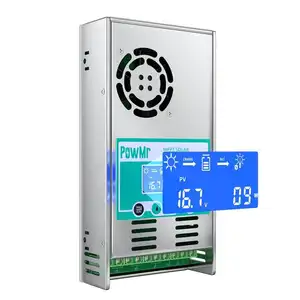





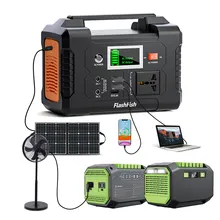


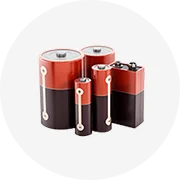
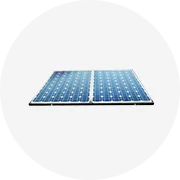
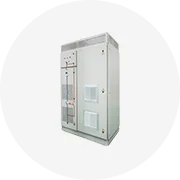

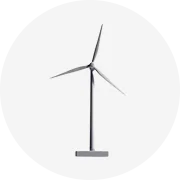
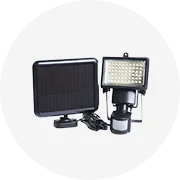
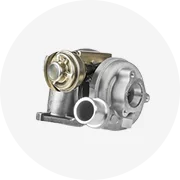
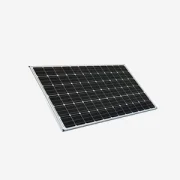








 浙公网安备 33010002000092号
浙公网安备 33010002000092号 浙B2-20120091-4
浙B2-20120091-4